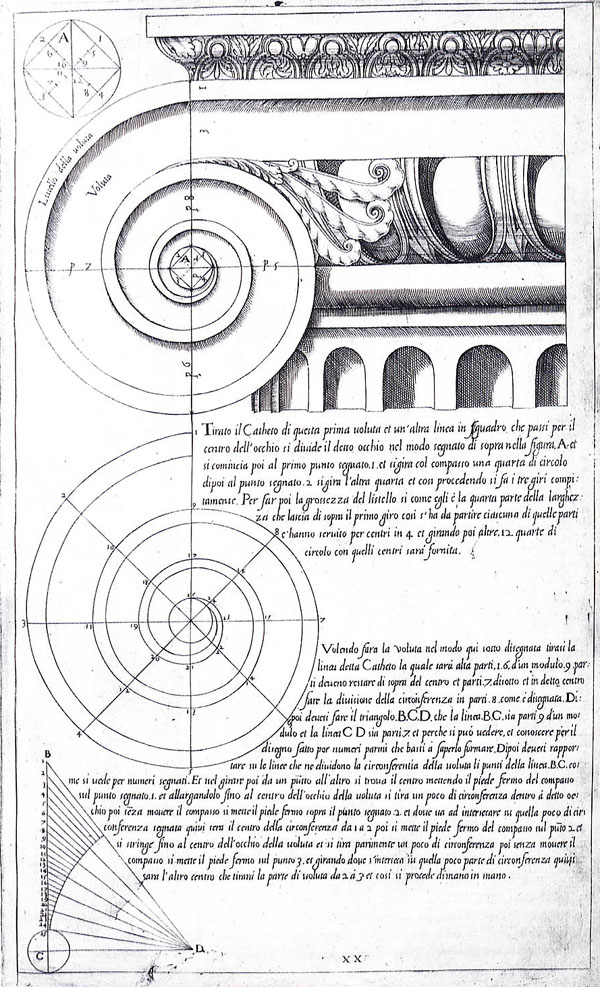architectural maxims on composition and good design
proportion
“Proportion is that agreeable harmony between the several parts of a building, which is the result of a just and regular agreement of them with each other; the height to the width, this to the length, and each of these to the whole.” -Vitruvius
“The ancients considered ten a perfect number, because the fingers are ten in number, and the palm is derived from them, and from the palm is derived the foot. … mathematicians, on the other hand, contend for the perfection of the number six, because, according to their reasoning, its divisors equal its number: for a sixth part is one, a third two, a half three, two-thirds four, … as the foot is the sixth part of a man’s height, [mathematicians] contend, that this number, namely six, the number of feet in height, is perfect: the cubit, also, being six palms, consequently consists of twenty-four digits. … finding the numbers six and ten perfect, they added them together, and formed sixteen, a still more perfect number. The foot measure gave rise to this, for subtracting two palms from the cubit, four remains, which is the length of a foot; and as each palm contains four digits, the foot will consequently contain sixteen.”
from Marcus Vitruvius Pollio: de Architectura, Book I
